MEXICO — Jon Longley’s students train like their lives depend on it.
One day, it could very well mean the difference between life and death.
Twice a week, a dozen Oxford County high school students study fire science at Region 9 School of Applied Technology. In the morning, they pull out textbooks, learning firefighting theory critical for making informed decisions in the field. Yet, by 10 a.m. students are strapping on their gear, ready to put theory into practice.

Jon Longley instructs his students Dec. 17 during a fire science class at the Region 9 School of Applied Technology in Mexico. Longley retired from his position as the chief of the Paris Fire Department. Daryn Slover/Sun Journal
On any particular day, students might be “rescuing” weighted dummies from a smoke engulfed trailer home, a task made more difficult by the spring-loaded trap doors which teach students to test the strength of the floor. Other days, they may be found extinguishing fires or practicing the proper techniques for rescuing people from multistory structures.
“They have to do the exact same things (as) the adults doing the adult academy,” Longley said. “There’s no exception.”
And when the need arises, Longley and his students drop everything to assist in emergencies.
At a time when recruiting and retaining firefighters has grown increasingly difficult, officials believe high school fire science programs like the one at Region 9 are part of the solution. Maine’s fire services personnel are aging, and when longtime members retire, there are often few, if any, young people with the necessary training to fill their boots. In some cases, departments have merged or closed due to a lack of members.
“In today’s day and age, volunteerism has shrunk significantly,” Greenwood Fire Chief Ken Cole said. “It’s very difficult to find someone who has extra time in their life, career, curriculum, whatever and also balancing that with family time, that has time to dedicate or give to a fire service or emergency rescue service.”

Fire science students get ready to put on their turnout gear Dec. 17 at the Region 9 School of Applied Technology in Mexico. Daryn Slover/Sun Journal
Nine high school career and technical schools offer firefighting programs in Maine, including Foster Career and Technical Education Center in Farmington and Mid-Maine Technical Center in Waterville.
At least one program in the state closed recently due to a lack of student interest, said Jim Graves, director of the Maine Fire Service Institute.
Few high school students realize they can stay in Maine and earn $60,000 a year as full-time firefighters, something the state is in desperate need of, he added.
Most students in Longley’s program aren’t yet old enough to tackle fires head-on. They support their fire departments as junior members, assisting with less risky “cold zone” operations on scene. But once they turn 18, his students are ready to take the firefighter certification exams and become full-fledged members of their departments.
“I always joke that firefighting and firefighters were an endangered species and were headed toward extinction,” Longley, the former fire chief in Paris, said. “That’s simply because we’re not getting young blood in there.”
“As a fire chief, I saw the value of this program immediately,” he added. Many students graduate from Region 9 with their Firefighting I and II certifications, which can take hundreds of hours and thousands of dollars to complete.
That’s time and money local departments don’t need to spend on new recruits.
A third of Greenwood’s 15-member call list are alumni or current students at Region 9.
“I believe that a firefighter has to learn hands-on, and that’s what they do over there,” Cole said. “I know there’s programs where you can read it in the manual, read the book, do it online and I’m a profound believer that if you are to be a safe, knowledgeable firefighter, a lot needs to be learned by hands-on (training) and experience only.”
SERVING AND LEARNING
When the Gammon Sawmill in Woodstock went up in flames the morning of Nov. 9, 2021, Longley and his students rushed to provide assistance.
Learning in the field is as much a part of Region 9’s training program as textbooks and practice drills.
Most of the students were tasked with stopping the woods fire from spreading, while also protecting nearby buildings and equipment, Longley said. Others helped supply water and remove tin roofing debris from the mill to douse the hot embers, according to David Goodwin, a junior firefighter with Greenwood.

Fire science students practice self-rescue from inside a converted shipping container Dec. 17 at the Region 9 School of Applied Technology in Mexico. Daryn Slover/Sun Journal
While the sawmill was a total loss, firefighters on scene were able to prevent the blaze from consuming the family’s home.
“My favorite part is that we can still serve our community while we are also learning as we go,” Goodwin said. “With the staffing issues all departments have, we need all the help we can get no matter what the call could be.”
If they weren’t able to leave school to respond to the call, there would have been far fewer hands on scene to help, he added. Daytime fires are especially difficult for volunteer fire departments as many people work away from home during the day and few are able to respond to emergency calls.
This hands-on approach to training young firefighters is critical, Longley said. He’s seen junior members come and go from some departments because they hadn’t been able to directly participate in calls.
“What was happening is a lot of the young people were giving up because basically they washed fire engines,” he said. “They rolled hose, they came after the event was completely mitigated and safe, or as safe as possible, and that’s not what these young people want. They want to be like the guy next to them, or the gal next to them, getting the job done.”
A DIFFERENT KIND OF EDUCATION
Region 9 fire science students say they don’t feel like they’re in school. They genuinely enjoy the program’s hands-on approach and tight-knit community, where every member is given a cherished nickname.
“The brotherhood and family” within the program is really special, Emma-leigha Sweetser of Greenwood said. “In class or out of class, we’ll always have each other’s back.”

Emma-leigha Sweetser is a fire science student at the Region 9 School of Applied Technology in Mexico and a firefighter for the Greenwood Fire Department. Daryn Slover/Sun Journal
Sweetser has two family members who were lieutenants in the fire service, and she’s determined to follow in their footsteps. She aims to get an emergency medical technician license and become a full-time firefighter after graduation.
“The fire just called to me, I knew I fit in,” she said. “I was a nobody looking to be a somebody.”
Most of Longley’s students have a family connection with the fire service, but his program also attracts students who thrive with a hands-on approach to learning. Region 9’s fire science program counts toward graduation requirements, and students can elect to pursue six college credits from local community colleges.
“Algebra makes more sense when applied to a variable they can actually touch,” he said.
After falling behind in classes, Jacob Cunningham said he likely would have dropped out of school if not for the Region 9 program. Now a second-year student, he’s an on-call firefighter for Mexico fire who earned his interior firefighting certification soon after turning 18.
Dyslexia has made it difficult for Matthew Griffus of Peru to learn in school, but he’s seen a marked improvements in his reading abilities since joining the class and studying a topic he’s passionate about.
And one student, Donavan Thorpe of Bethel, had already graduated high school when he signed up for the program. Like Sweetser, he’s set on becoming a full-time firefighter.
The program has come a long way since Longley took over the newly-formed program a decade ago.
“We had very limited equipment,” he said. “There were maybe two axes, two ladders, (and) mismatch equipment.”
Since then, he’s collected an assortment of training apparatuses, which even members of local departments sometimes use for training.
TRAINING THE NEXT GENERATION

Isaac Bright, front left, of Peru and Matt Smith, right, of East Dixfield listen to their instructor during a wall breach exercise Dec. 17 at the Region 9 School of Applied Technology in Mexico. Daryn Slover/Sun Journal
If there’s any indication of the programs success, it’s the passion of their alumni. Several regularly return to Region 9, eager to pass on their experience to the next generation of fire science students.
“It’s super important,” Longley said. “They’re closer in age and they have a language that they can reach these young people better than I can.”
Kody Moretto of Rumford graduated from Region 9 in 2018 and is a member of the U.S. Army. No longer a student, he continues to visit the program as an informal instructor.
“Going back and being able to teach classes, I can see that the students have the passion and motivation to become excellent firefighters,” he said. “There is something about this program that really made me fall in love for the job, whether it’s the amazing instructor or how, once you get into the class, you become a part of this big family.”
Franklyn MacDonald, an alum and member of Dixfield Fire echoed Moretto’s sentiment, adding that the program taught him more than just technical skills.
“It’s not always just about firefighting,” he said. “It’s about when someone’s at their lowest, how to talk to them, how to keep calm, and it’s because sometimes all someone needs is just a person to talk to.”
Dozens of students like Moretto and MacDonald have graduated from Region 9’s fire science program. Many have continued on as career, per diem, or volunteer firefighters in surrounding communities, including Rumford, Mexico and Peru.
By introducing students to the fire service early, high school programs like Region 9 are training much-needed firefighters for Maine’s critically understaffed departments.
Send questions/comments to the editors.


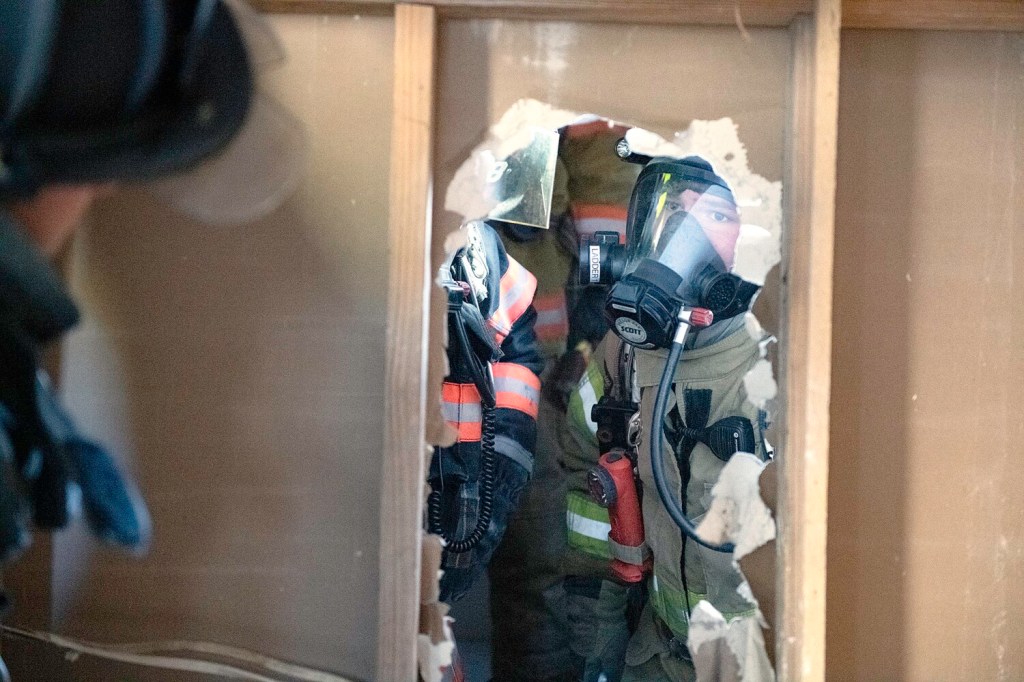
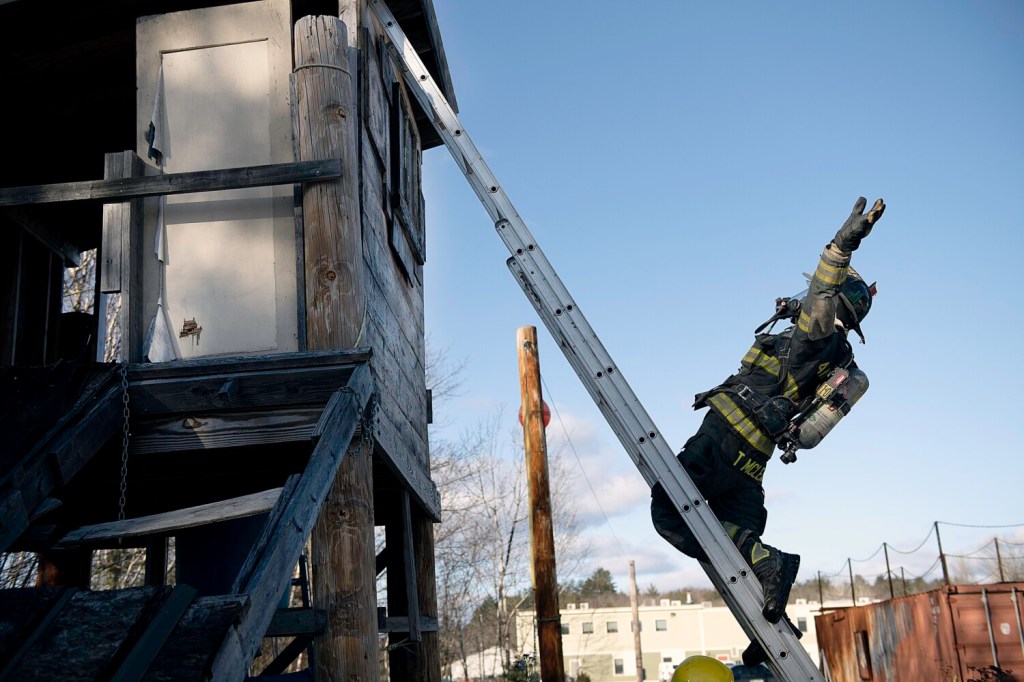
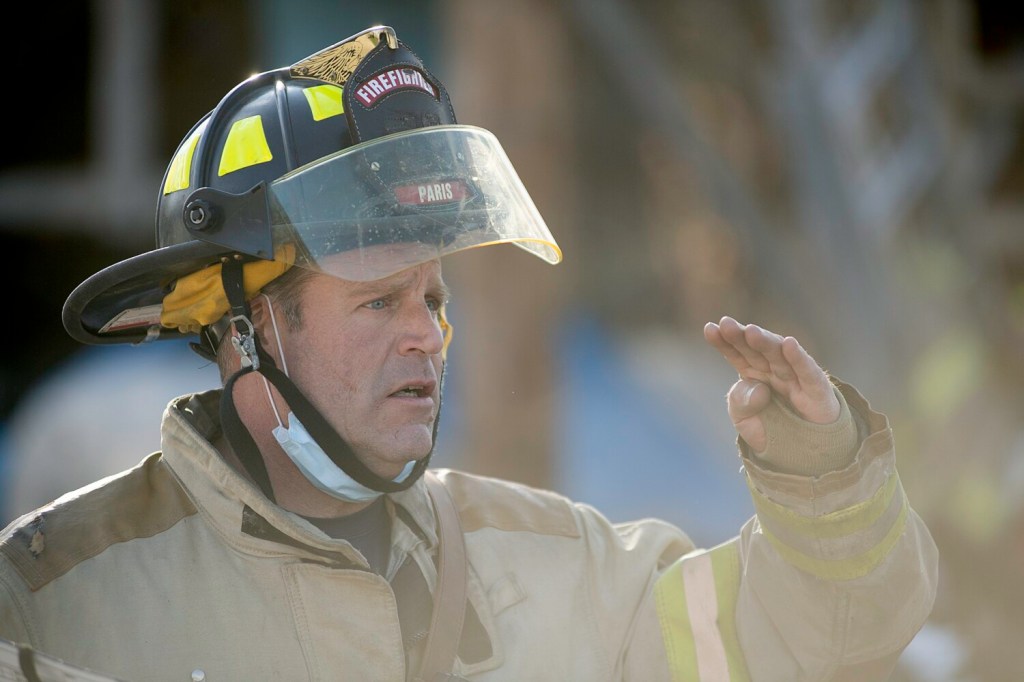
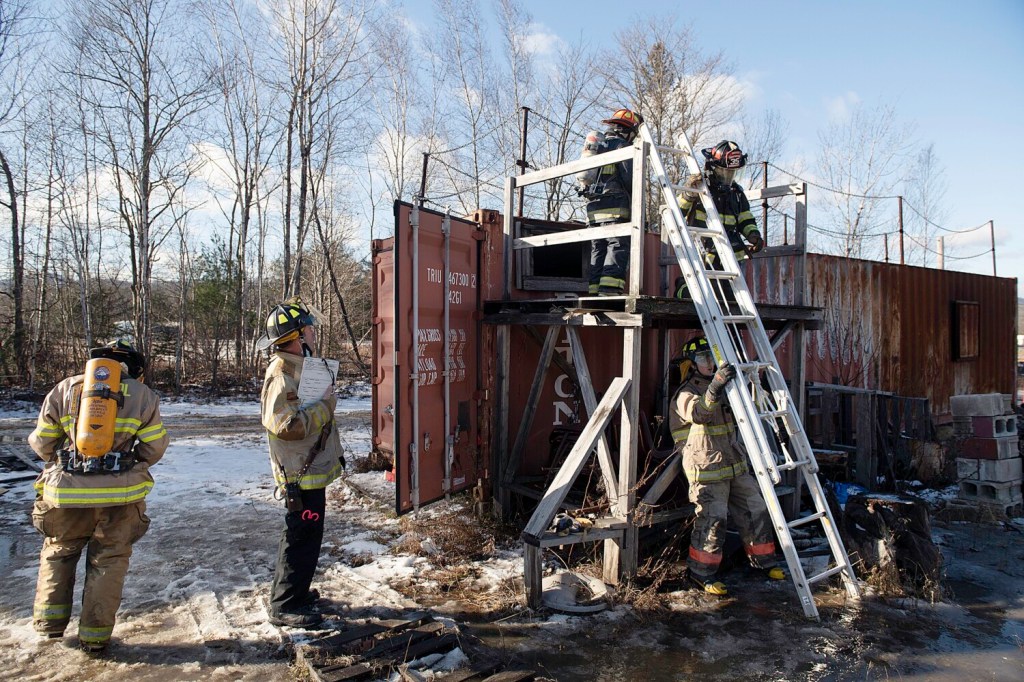
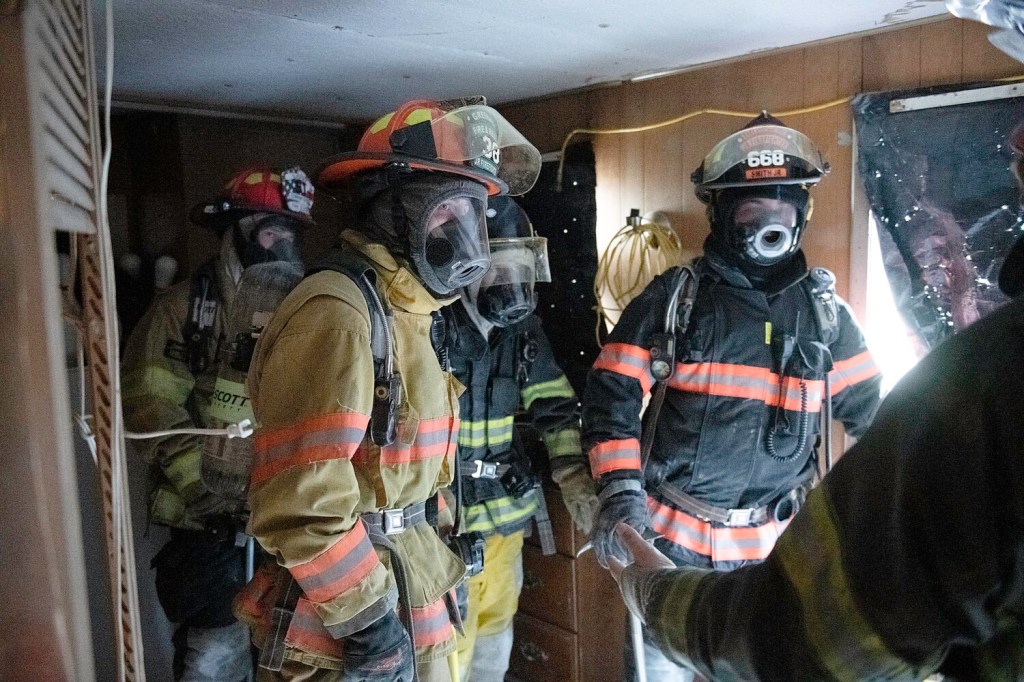
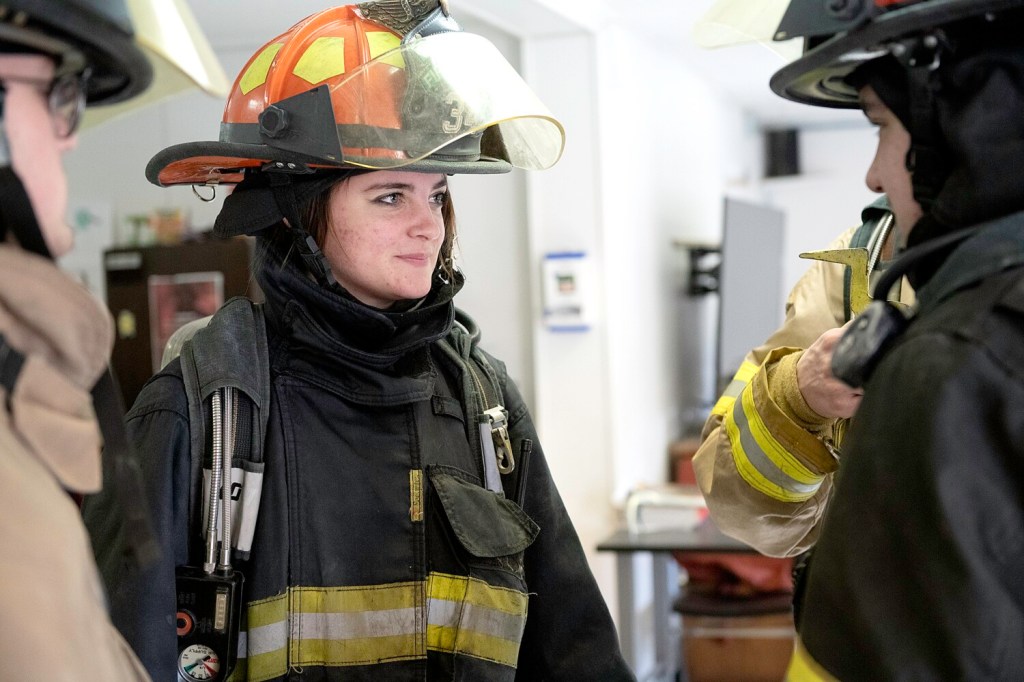
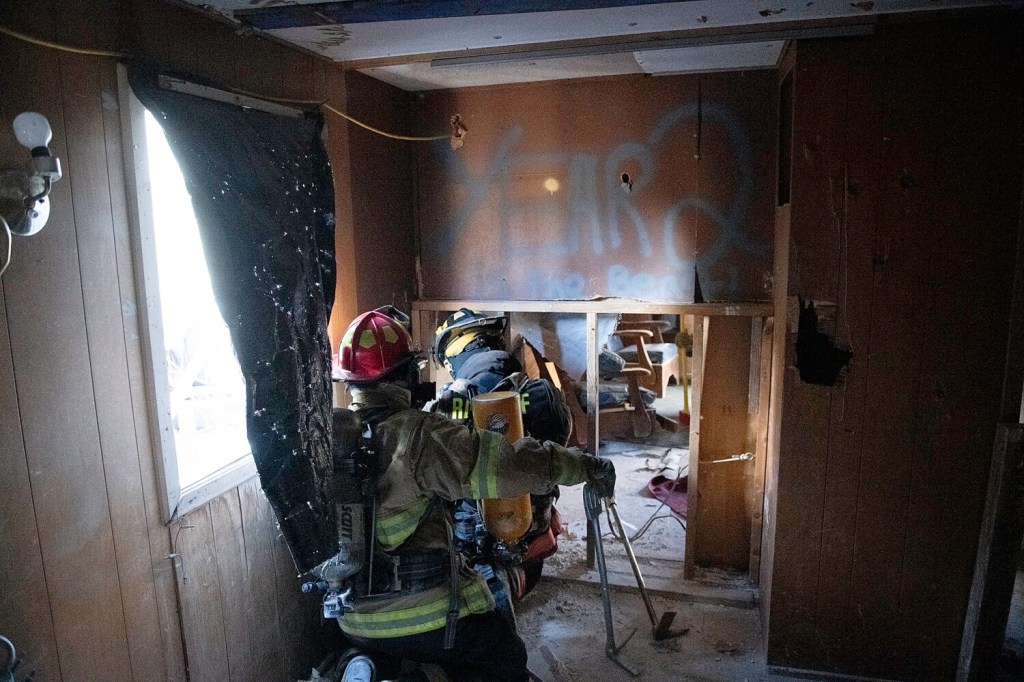
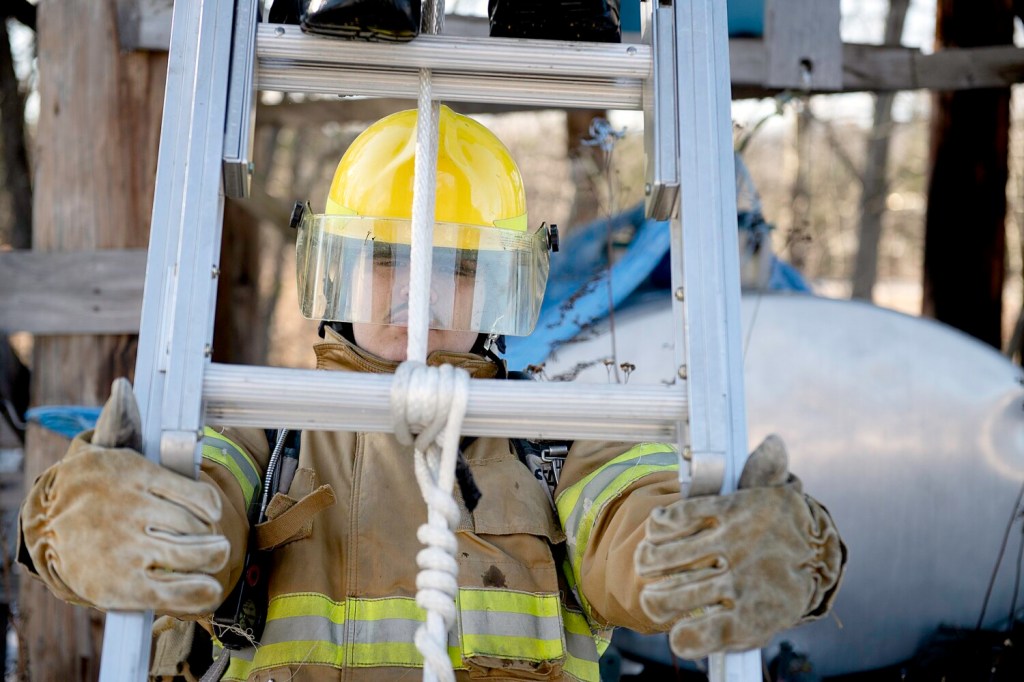
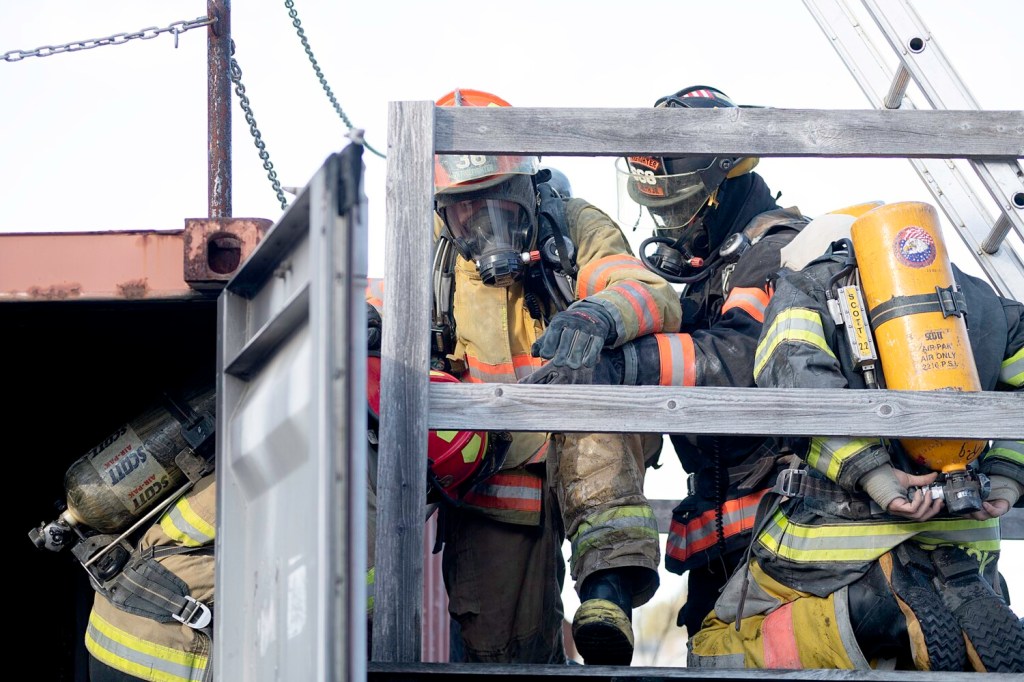
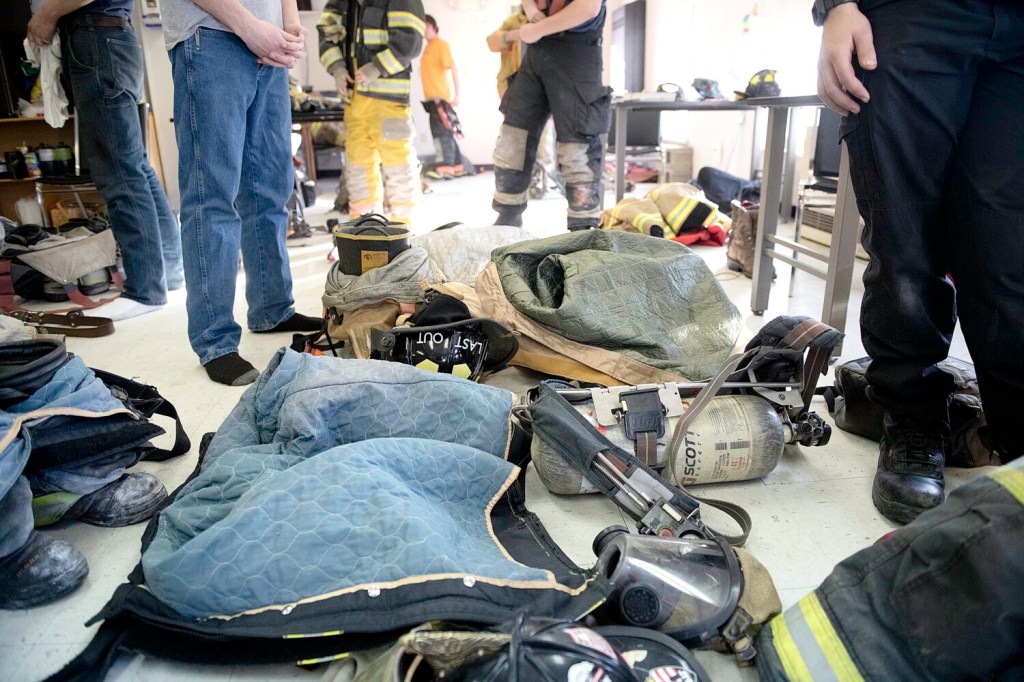

Success. Please wait for the page to reload. If the page does not reload within 5 seconds, please refresh the page.
Enter your email and password to access comments.
Hi, to comment on stories you must . This profile is in addition to your subscription and website login.
Already have a commenting profile? .
Invalid username/password.
Please check your email to confirm and complete your registration.
Only subscribers are eligible to post comments. Please subscribe or login first for digital access. Here’s why.
Use the form below to reset your password. When you've submitted your account email, we will send an email with a reset code.